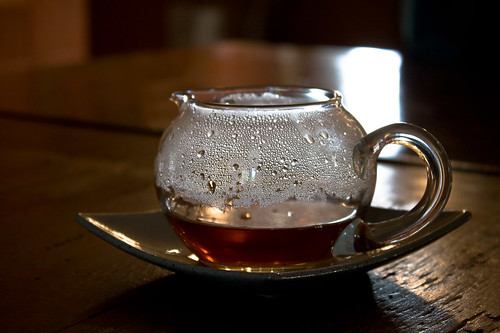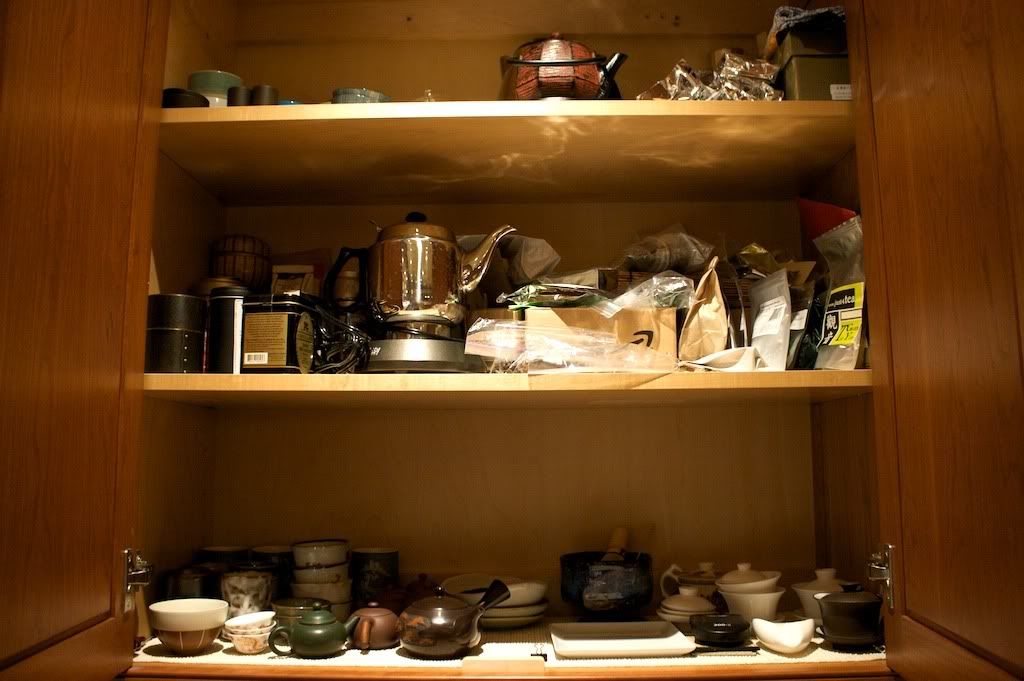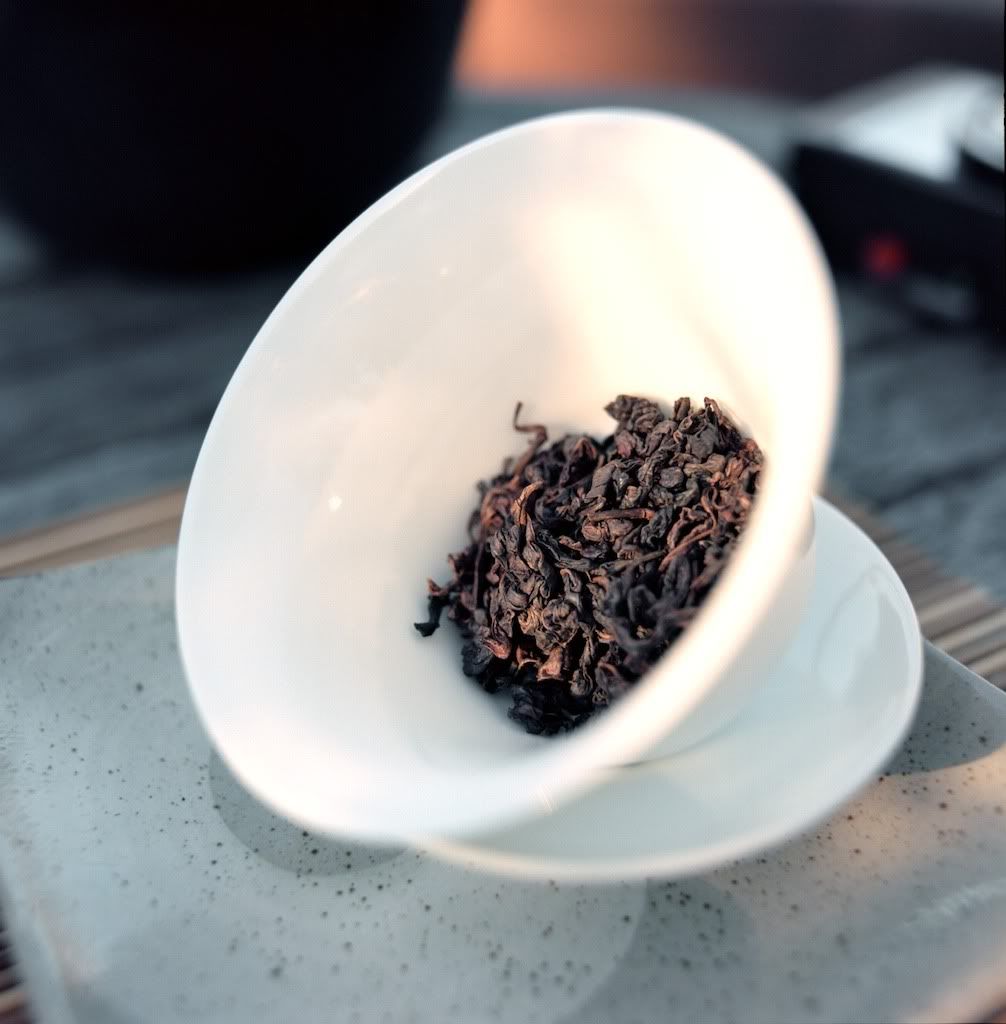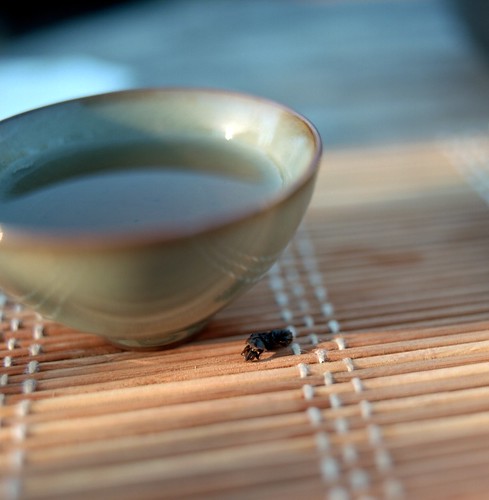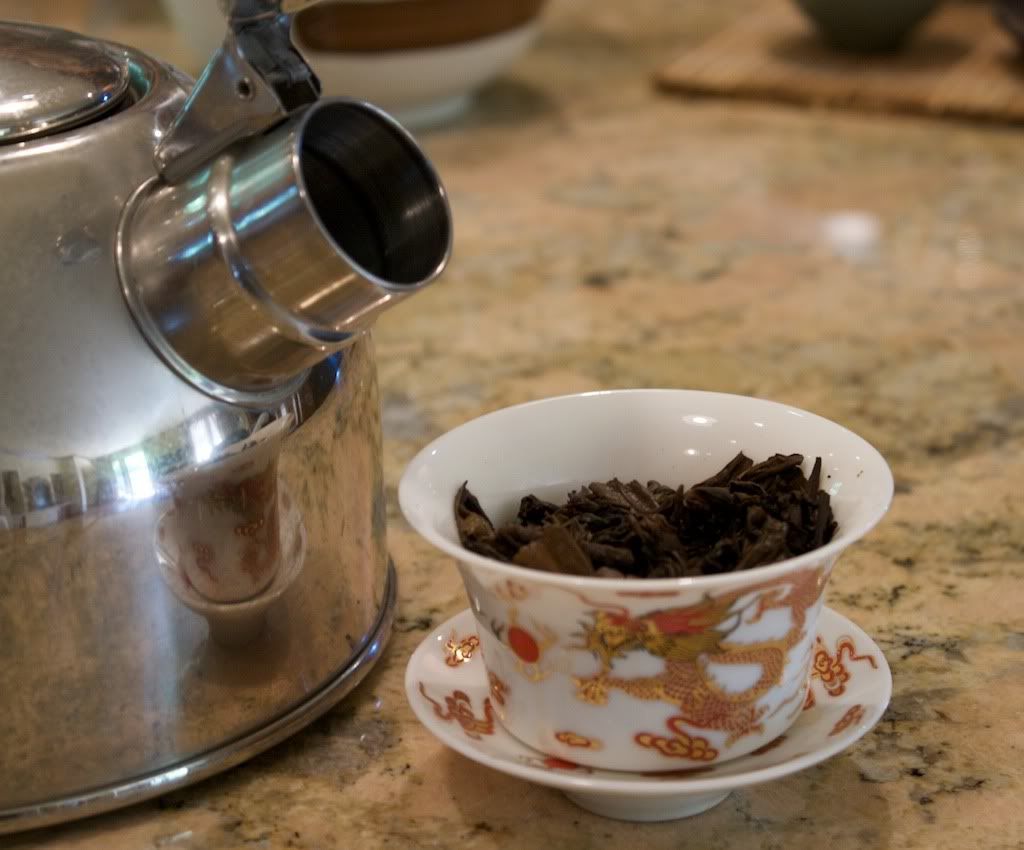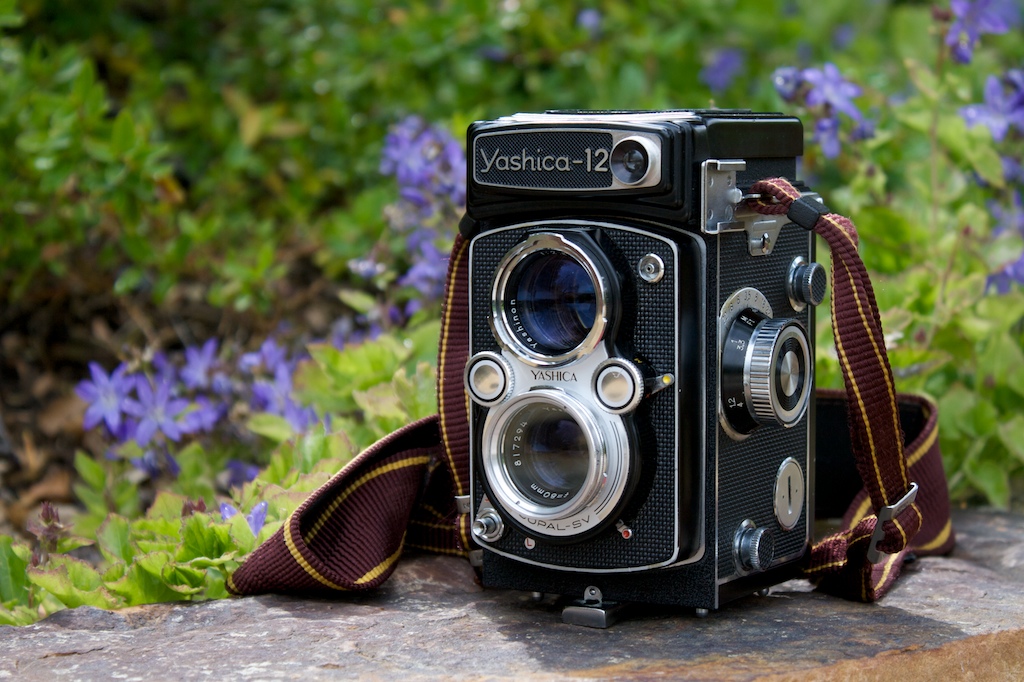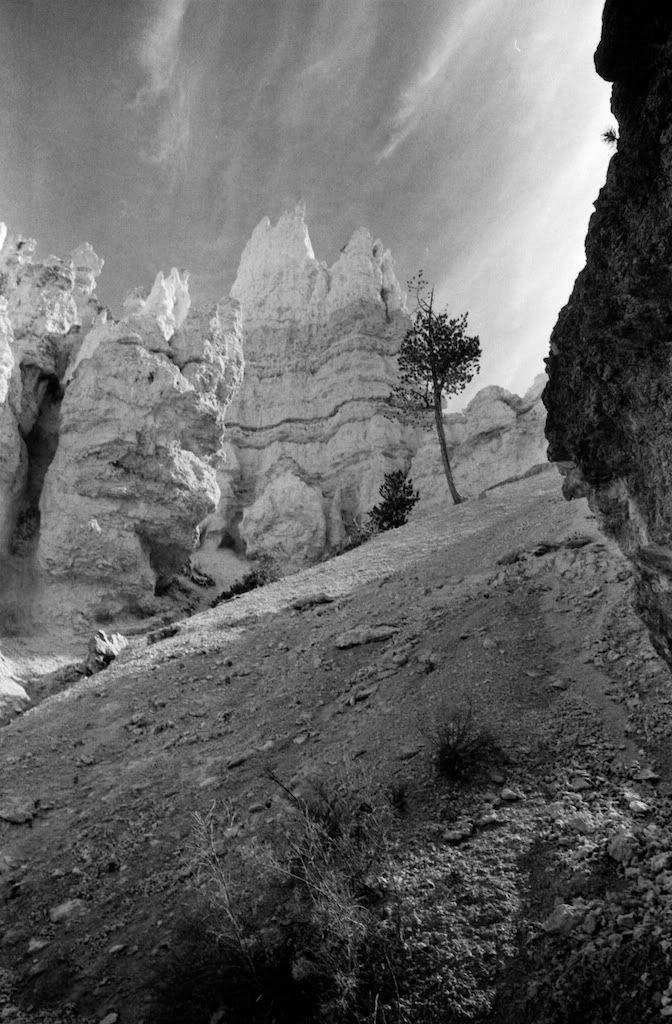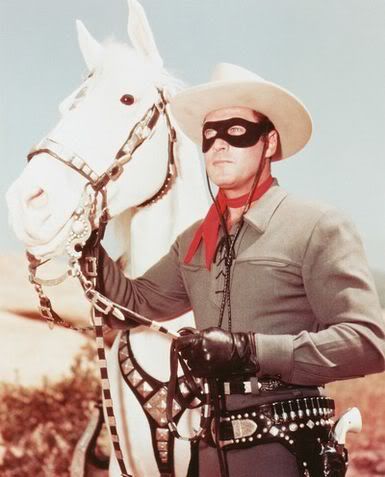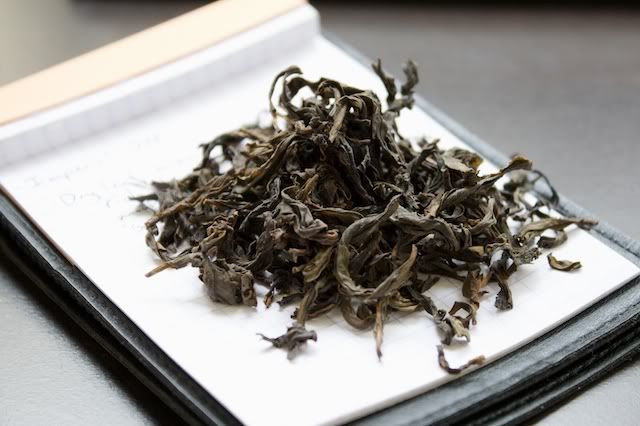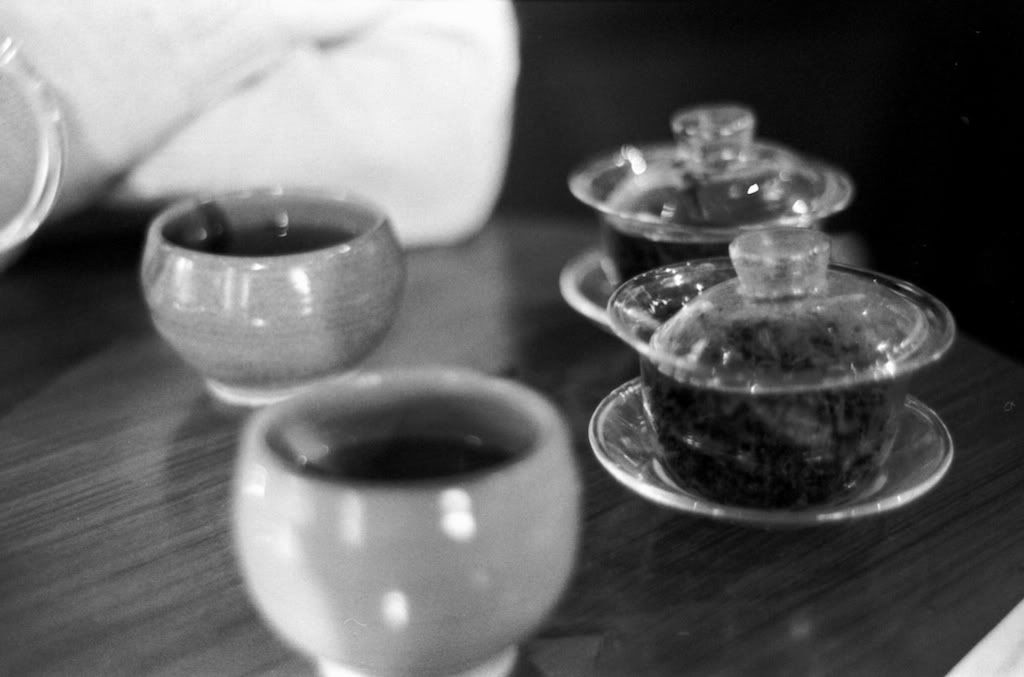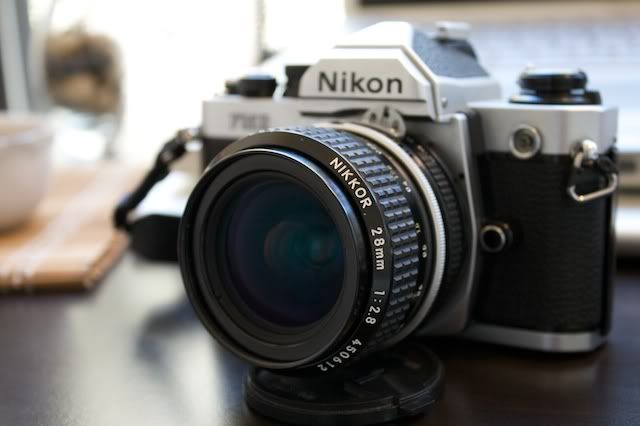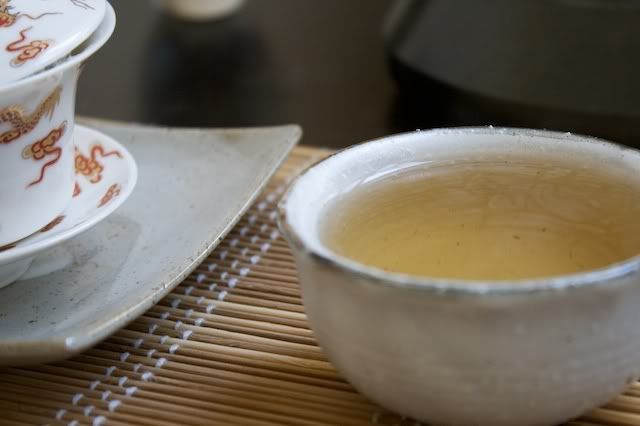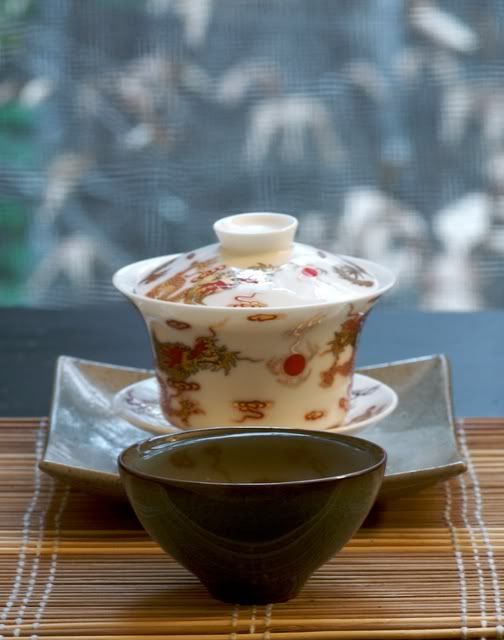Over on TeaChat, I often see questions like "Should I get a Yixing pot?" or "What kind of kettle should I buy?" It took me a long time to finally settle down with a basic set of teawares, and I would like to share some tips I've learned along the way for those of you who may just be getting started with tea.
Remember that all this is just the opinion of yours truly. You are more than encouraged to do your own research (searching the boards on TeaChat would be a good idea if you haven't done so already), but this should at least give you something to start with.
The purpose of this guide is to help you build a basic inventory of equipment that will allow you do brew
any loose leaf tea and, if you want, experiment with alternative methods. Over the next few posts, I will outline three different setups suited to tea brewers with different needs and constraints.
In this first post, I will begin with the most basic equipment you will need. I call it... The Spartan
The Spartan"The Spartan" setup is pretty much as basic as you can get while still being able to brew
almost any tea out there (Yes, you can forgo the cup if you glass-brew or use a gaiwan, but that's another post). This setup only includes three items:
1) Kettle, 2) Teapot, and 3) Cup. Some may tell you that you need fancy equipment to brew teas like puerh and dancong, but this is simply not true. Fancy equipment will probably brew those teas
better, but it is not required to make good tea.
I would recommend this setup to the following types of people:
- The Casual Brewer
- Is interested in exploring loose leaf tea, but is not ready to give up teabags. Wants equipment that can be used for both kinds of tea.
- The Prospective Tea-Head
- Likes the idea of loose leaf tea quite a bit, whether he/she drinks teabags now or not, and wants to find out whether this is something he/she wants to pursue. The Prospective Tea-Head needs a basic setup at low cost that can be built upon later.
- The Starving Artist/Student
- Is broke!
1. KettleKettles should only be used to heat water (unless you're making Tibetan tea, but nobody in their right mind would)! You
do not brew tea in a kettle; you heat water in a kettle and brew it in a teapot. In case you are wondering, yes, you need a kettle. I know, I know, you
could microwave water in a cup and dunk your tea leaves in it, but if you want to do tea the right way, get yourself a kettle. Trust me, it's worth it.
There is a plethora of options when it comes to kettles, so no one blames you if you are confused about which one is right for you. There's always the the low-tech stove-top design, or you could splurge for a fancy electric induction kettle if you desire. You could also drop a bunch of cash on something ceramic, iron, silver, etc., but if you belong to one of the groups mentioned above, it will probably be more trouble than it is worth. For the sake of this article, let's focus on stove-top and electric models.
Stove-top models They are cheap and plentiful, and you can often find one in an aesthetically-pleasing color or design. Unfortunately, they will more or less confine you to your kitchen unless you have an electric hot-plate, which makes little sense as electric kettles are so cheap. Cast iron kettles (NOT those enameled tetsubin teapots you find in the US) will keep your water hot for longer than aluminum or steel models, though they also take longer to heat.
Recommended models:Just head over to Target or Walmart. They really aren't all that different functionally, so pick out something pretty.
Electic kettles 
My favorite. All they require is a plug, so you can easily set one up in a home office or your cubicle at work, if your boss allows it. They tend to be very fast, shut off automatically once boiling, and some come with handy features like temperature control and a re-boil mode. Many of them are made out of plastic, but there are steel options if that concerns you. Cordless models allow the kettle to be lifted off the plugged-in base plate, giving you more range of motion.
As for the mechanics, there are two types of electric kettles:
induction and
conduction. Hobbes recently wrote a great article about
how induction kettles work, if you are interested. Induction kettles are
very fast, but their circuitry needs to be cooled by a fan, so they can be noisy. Conduction kettles are much simpler, as they are just heated by a resistance coil which converts electricity into thermal energy. They are slower to boil than induction kettles but are still relatively quick, and they do not need noisy fans. They are also quite a bit cheaper, which is a big plus. Note that conduction kettles are rarely advertised as such, but if it doesn't say "induction", it's a conduction kettle.
A quick note about electric kettles with the variable-temperature feature: they are rarely accurate. I won't say "don't bother," as some people still like them, but be aware that if you are trying to hit a more exact temperature, a fixed-temp kettle and a standard meat thermometer will do a much better job.
Recommended models:
- Upton Tea Imports Variable Temp. Electric Kettle
- A well-built, variable temperature kettle. Again, don't expect much precision from the temperature dial.
- UtiliTEA Kettle from Adagio (Variable-temp.)
- Adagio's electric kettle. More expensive than the Upton model, but better looking (and probably higher-quality, but I do not know from personal experience).
- Kamjove Electric Kettles
- These are not always of the highest quality but they work well enough, have a nice pour, and have a re-boil feature. For what it's worth, I love my Kamjove. I believe the induction model also has a variable-temperature setting, but I'm not 100% sure.
2. TeapotSimplicity is the key when it comes to picking out a good basic teapot. Buy something simple, small-ish, functional, and with as few moving parts as possible.
SizeSmaller is usually better. Not only will it make you learn to re-use leaves (a good habit to learn if you are a Prospective Tea-Head), but you will go through less leaf (good for the Starving Artist/Student), and your tea will still be hot from the first cup to the last (good for everyone; re-heated tea is not very good).
When brewing tea Western-style, which you are probably doing if you are reading this, a good rule of thumb is 8-16oz per person. E.g. If you just brew tea for yourself, a one- or two-cup teapot is a good size; for two people, try a three- or four-cup teapot, etc. If you usually drink tea by yourself but occasionally brew for others, just get a somewhat larger teapot and not fill it as much when brewing for yourself.
Materials
Choose something made of porcelain, glazed clay, enameled cast-iron (shown here), or glass. Glass isn't nearly as good at retaining heat, so unless you
really like watching tea leaves unfold, or plan to make mostly green and white teas, I'd avoid it.
Also avoid un-glazed clay teapots. They are great if you don't mind dedicating them to certain types of teas, but strong flavors (particularly Shu puerh, Lapsang Souchong, Earl Grey, and other artificially flavored teas) can stick around and ruin your more delicate brews.
StrainersThese are hotly debated. They are convenient, yes, but most strainers (particularly those evil little basket strainers) do not allow tea leaves to expand enough. This may not bother the Casual Brewer, but if you really care about the quality of your tea, just dump the leaves right into the pot and pour the brewed tea through your strainer to keep leaves out of your cup.
Another kind of strainer, often found on teapots made by Bodum, is a little like a french press. By depressing the plunger, you squeeze the leaf into the bottom of the strainer where there are no holes, which basically stops the infusion. This works okay, but it isn't perfect. If you leave it sitting there long enough, it will continue to infuse (slowly) and will eventually over-steep your tea. I'm also not wild about squeezing tea leaves like that; not only does it force out some nasty flavors, but I can't imagine it makes subsequent infusions any better.
Some teapots, typically Japanese ones, have strainers built into the teapot. This allows leaves to expand and prevents them from escaping, but it can make cleaning more difficult. Still, I think it is the best option if you really want a strainer.
Recommended models:
- Adagio's PersonaliTea Ceramic Teapot
- I have no personal experience with this one, but it would be first on my list if I were in the market for a new basic teapot.
- An enameled Tetsubin teapot (see photo)
- Originally, cast iron tetsubin were used as kettles by the Japanese, but almost all American imports are enameled and cannot be used to heat water. The enameled versions make pretty good teapots though.
- A glazed Kyuusu (Examples: 1, 2, and 3)
- These make fantastic basic teapots. They are a bit small for group brewing, but they are probably the best choice for personal use. They look cool, have built-in strainers, and are made of glazed clay. Perfect! [Thanks to El Padre of TeaChat for finding this gem.]
3. Cup
You're on your own. Cups are the easiest— just make sure that you can decant the entire volume of your teapot into your cup(s), so you avoid over-steeping any tea left in the pot. If you insist on using one of those diabolical removable strainers, you don't even have to worry about this— but you aren't going to use those, are you? Didn't think so.
Just find cups you like. It could be handle-less, like the one pictured here, or not. Actually, I'd probably recommend getting something with a handle if you are brewing large amounts. It's just more comfortable. Alternatively, you could check out those double-walled glass cups made by Bodum; they stay cool to the touch and look pretty awesome. They are fragile though, so be careful when washing them.
ConclusionI hope this helps answer some of your questions about what kind of teaware to start out with. If there's anything I missed, or if you have a more specific question, please ask!
Stay tuned for the next installment, titled... The Lone Ranger
